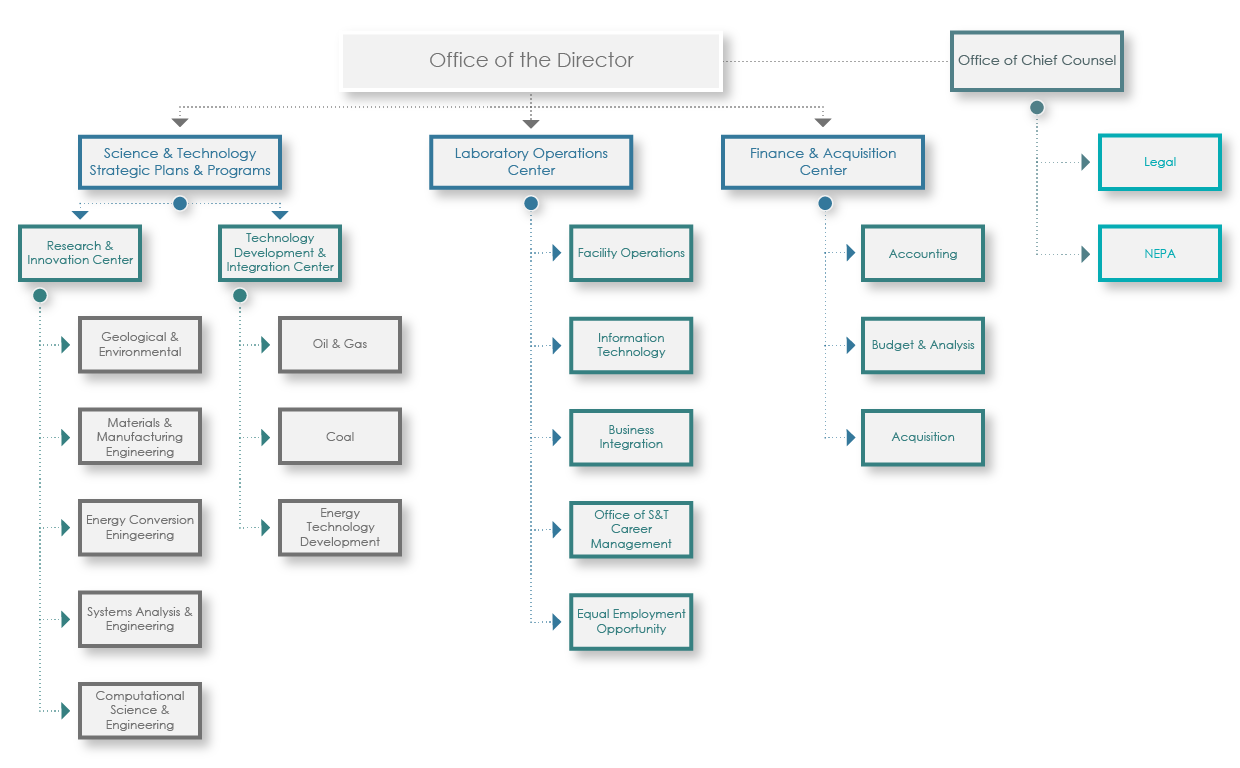2020. 2. 29. 11:12ㆍ카테고리 없음


EM has been continually improving processes and procedures to more effectively manage the cost and schedule performance of capital asset projects. As a result of these project management improvements, the U.S. Government Accountability Office (GAO) has removed EM from its High Risk list for projects less than $750 million.
EM remains committed to maintaining and strengthening these improvements in project and contract management to reduce EM’s vulnerability to fraud, waste, and abuse and to fully meet the GAO’s criteria for removal from the High Risk list.Click for a map of where EM has been or is currently responsible for cleaning up sites across the United States:EM CAPITAL ASSET PROJECTSEM capital asset projects are managed in accordance with the priorities of, Program and Project Management for the Acquisition of Capital Assets. EM capital asset projects are also managed in accordance with the July 2017 policy titled “.” This policy emphasizes delivery of the EM Cleanup Program at the authorized scope, cost and schedule with a priority on maintaining safety, security, and environmental and health expectations.Click for the list of current.
Capital assets are land, structures, or major equipment, which are used by the Federal Government and have an estimated useful life of two years or more. A capital asset project is defined as a project with start and end points required in the acquisition of capital assets. Capital asset projects include the environmental remediation of land to make it useful. They exclude activities such as repair, maintenance and surveillance, or minor alterations that are part of routine operations and maintenance functions. As of November 27, 2019, EM’s portfolio of active capital asset projects consists of 19 line-item construction projects and 8 clean-up projects which have a rough order-of-magnitude cost of $60.4 Billion (high end of cost estimate range).
The Krell Institute has deep experience in developing and managing programs in collaboration with government agencies, academic institutions and national laboratories. Our staff meets clients’ needs with end-to-end service, including:. Recruitment strategy and implementation.
Committee formation and management. Application acceptance and screening.
Participant management and monitoring. Payment and financial management. Event planning and oversight.
Stakeholder communication and coordination. Outcome assessment. Website and social media representation.
Project Management

Secure website design and maintenance. Information technology assistanceOur portfolio includes two of the most successful fellowships offered by a U.S. Science agency. Krell Institute also launched a third program in the fall of 2017.: Krell Institute has managed the DOE CSGF since 1997, covering every detail from applicant recruitment to academic oversight.
The program provides tuition, stipends and other benefits to doctoral students and guides them as they employ high-performance computing for discovery in disparate disciplines. More than 375 fellows have studied at over 50 universities around the country and nearly 80 fellows are presently enrolled. The Department of Energy’s Office of Science and the National Nuclear Security Administration support the fellowship.: Krell Institute has managed the DOE NNSA SSGF since the program’s 2006 founding, providing complete services from recruiting to stipend and tuition management to academic oversight. The DOE NNSA SSGF supports doctoral students in areas important to maintaining the U.S. Nuclear deterrent, including nuclear science, high energy density physics and materials under extreme conditions and hydrodynamics. More than 20 fellows currently attend universities across the United States.
Doe Program Management
The program has nearly 40 alumni and is funded by the National Nuclear Security Administration.: At the request of the National Nuclear Security Administration, Krell Institute developed a visual identity, website and application system prior to launching and recruiting for the DOE NNSA LRGF in November 2017. Open to second-year graduate students and beyond, the DOE NNSA LRGF's primary objective is to encourage the training of scientists by providing financial support to talented individuals whose study and research is accompanied by extended, practical work experience at one or more of four DOE NNSA facilities. Krell will manage this program in the same manner that it does the DOE CSGF and DOE NNSA SSGF, and its first class of fellows will begin their studies in the fall of 2018.